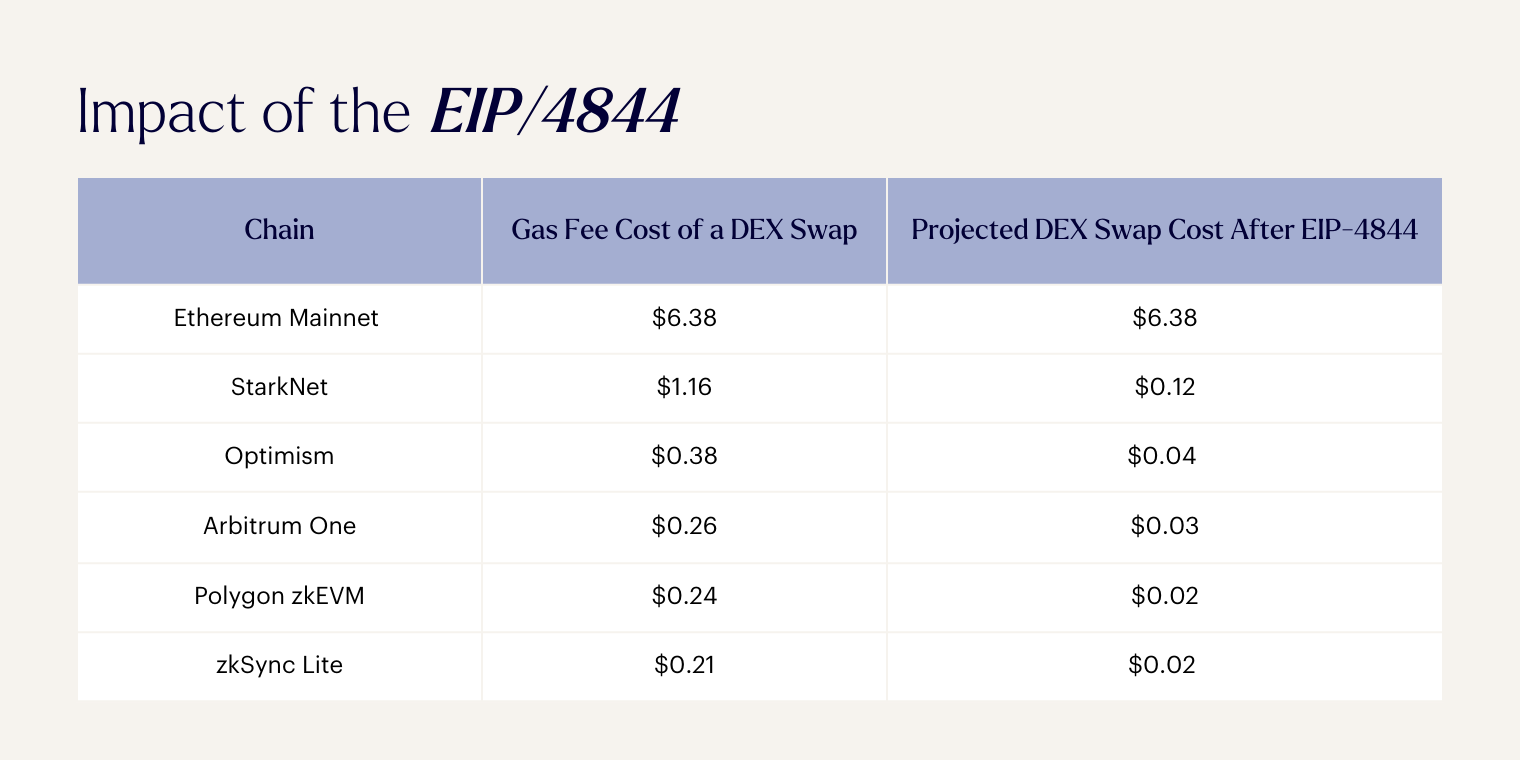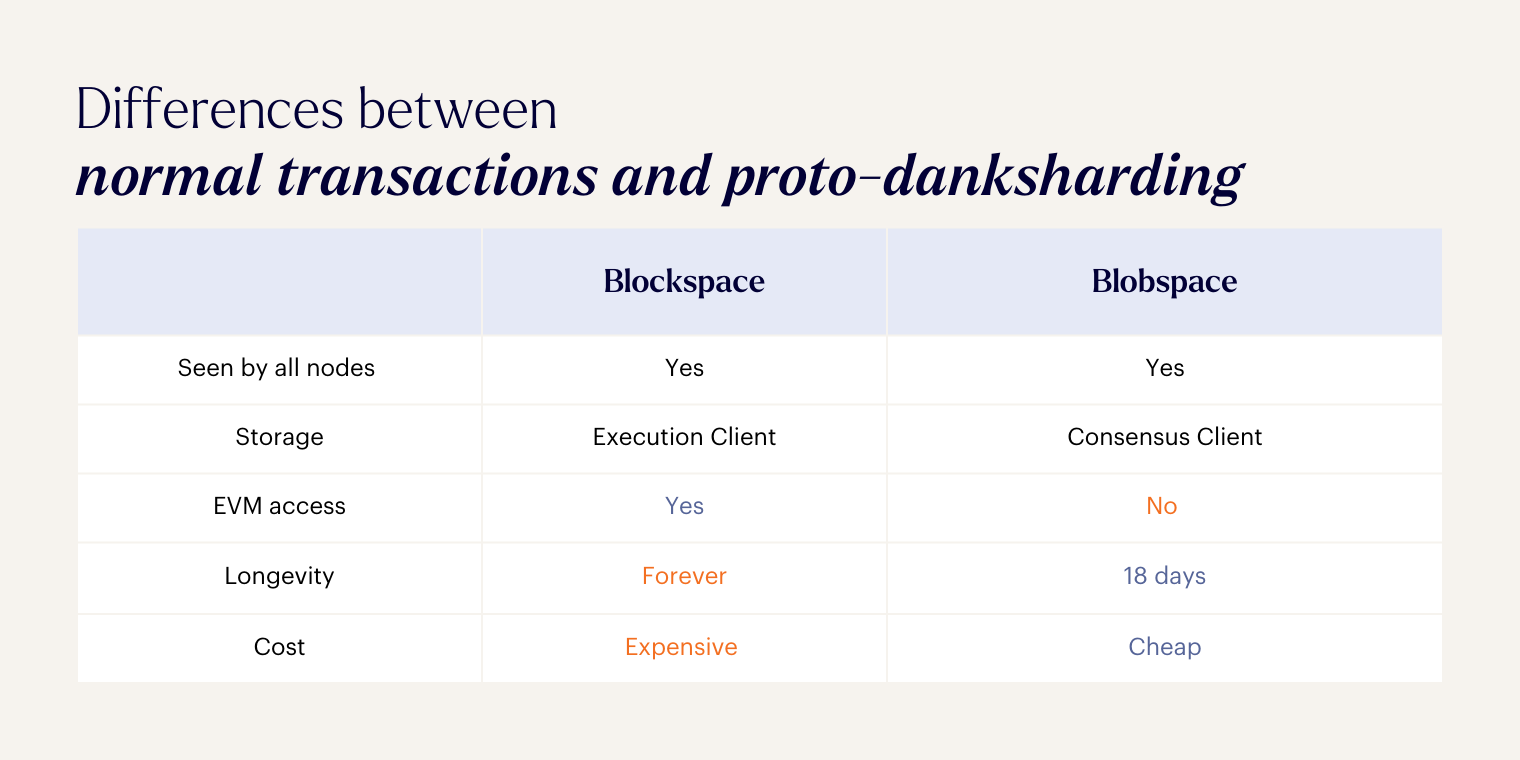What is the Dencun Upgrade?

On the 13th of March, the Ethereum network will undergo a major upgrade called Dencun, introducing various Ethereum Improvement Proposals (EIP). But how will these benefit the network and what can we expect?
Over the past years, the Ethereum network has experienced major issues with scalability as the main network can only process approximately 15 transactions per second, leading to high transaction fees. To combat this issue, Ethereum worked on various ideas, one of which is Full Sharding, a horizontal scaling solution that would have split the Ethereum blockchain into multiple parts (shards). However, this would be proven extremely complicated and experimental technology, so ideas shifted towards Layer 2 (L2) solutions.
Since 2020, Ethereum has witnessed the emergence of L2 solutions such as The Arbitrum Foundation, Optimism Foundation, Starknet Foundation, and many more. These L2 solutions aid in the scalability of Ether as they execute the transactions in a separate environment while verifying them on the main network, significantly increasing the transaction throughput.

Source: IntoTheBlock, L2Fees.info
The Dencun upgrade will introduce a feature that helps these L2s to aid in Ethereum’s scalability. This new feature is called EIP-4844, or Proto-Danksharding. It's a new transaction type referred to as blobs, allowing the bundling of transactions from L2s to Ethereum. This blob data allows rollup sequencers to post the transactions on the Consensus client instead of storing them on the Execution Client. Furthermore, this data will only be stored for approximately 18 days.

Source: Ethereum Evolved: Dencun Upgrade Part 5, EIP-4844 | Consensys
Currently, Ethereum stores all its data across every node within the network, and this data remains permanently stored. Ethereum achieves this through its persistent memory storage mechanism, known as call data. However, this data storage method significantly burdens the system and entails high costs.
So, as this new data will only be stored for approximately 18 days, the storage burden on Ethereum is reduced significantly. Furthermore, each Ethereum block can store 16 data blobs. So, as these blobs are compressed data bundles, more transactions can fit in a block. As a result, Ethereum can execute and verify more transactions per second, lowering congestion and therefore transaction costs on L2s.
The next phase, although it will span several years, entails complete Danksharding. While Proto-Danksharding involves linking data blobs to a single Ethereum block, full Danksharding will distribute them across 64 blocks. By spreading the blobs across more blocks, greater amounts of data can be executed, leading to increased transaction throughput and reduced costs. Nonetheless, this process will require several years and numerous additional upgrades.